Residenzschloss
MuseumOpening Hours- daily 10—17, Tuesday closed
- Grünes Gewölbe (blue hour from 16:30), Friday, 10—19
Entrance without any steps via Sophienstraße, Taschenberg 2 and Schloßstraße

The Semperoper, the Zwinger, the Frauenkirche and in their midst the Residenzschloss, Dresden’s royal palace. Dresden’s historic centre is studded with architectural highlights, and today it is hard to imagine that the Residenzschloss was reconstructed just a handful of years ago. Almost completely burnt out in the bombing of Dresden in February 1945, all that remained unharmed were a part of the palace’s Historisches Grünes Gewölbe (Historic Green Vault) and the basement rooms.
Until the late 1980s, not only were materials and finances lacking for maintenance and reconstruction, the political will for such an undertaking was absent in East Germany. This was in spite of volunteers and proactive public offices such as the State Office for the Preservation of Historical Monuments, the Technical University Dresden and the Dresden art collections themselves.
With German reunification came a reconception of the palace as a residence for art and science. In 1995, an international commission of experts recommended what today is reality: The historical and the new Grünes Gewölbe (Green Vault), the Kupferstich-Kabinett (Cabinet of Prints, Drawings and Photographs), the Rüstkammer (Armoury) and the Münzkabinett (Coin Cabinet) were to belong to the museums of the Staatliche Kunstsammlungen Dresden (SKD), and to have their seat in the palace, with exhibition areas, storage spaces and offices. Further publically accessible places are the extensive art library, various lecture and study halls as well as (in the summer months) the tower known as the Hausmannsturm, which affords visitors who climb its 327 steps a spectacular view of Dresden. Visible from afar, the transparent dome structure which forms a roof over the small palace courtyard protects visitors in the foyer from the weather.

Residenzschloss
The online tour for smartphone and tablet
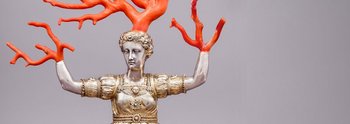
Residenzschloss
The online tour for your smartphone and tablet
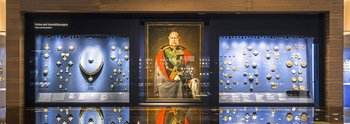
Münzkabinett
The online tour for smartphone and tablet
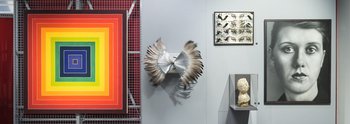
Schenkung Sammlung Hoffmann
The online tour for your smartphone and tablet
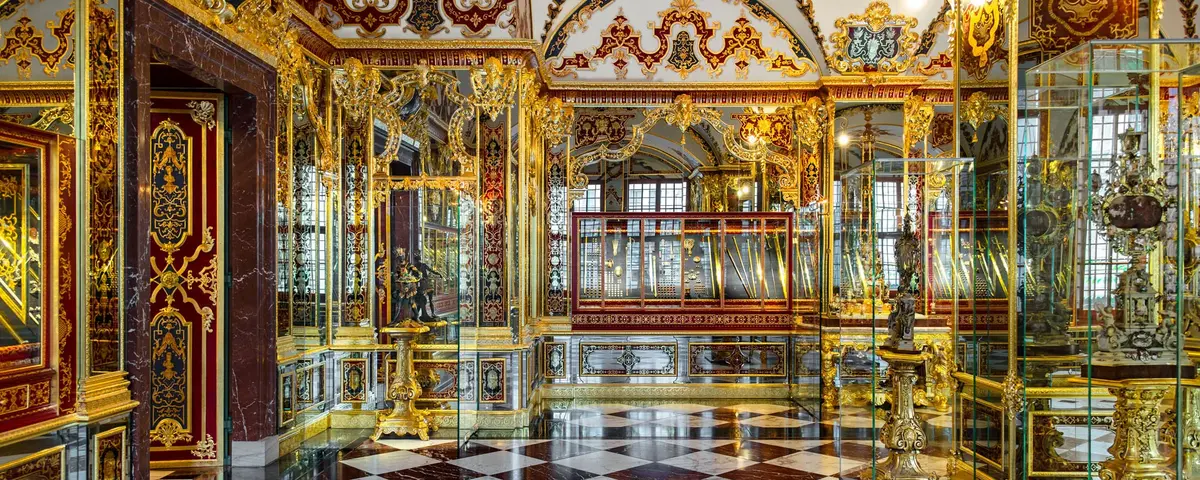
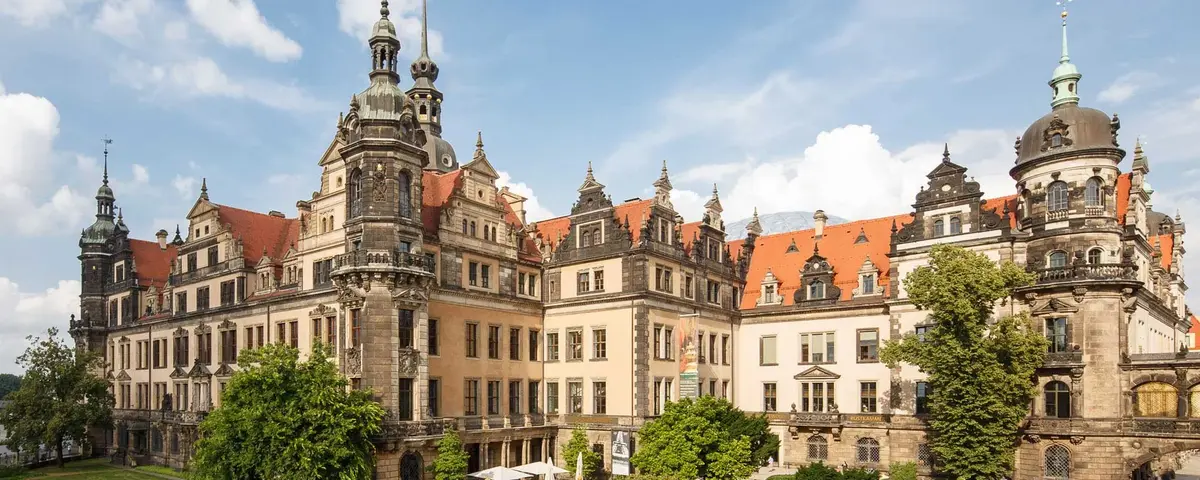
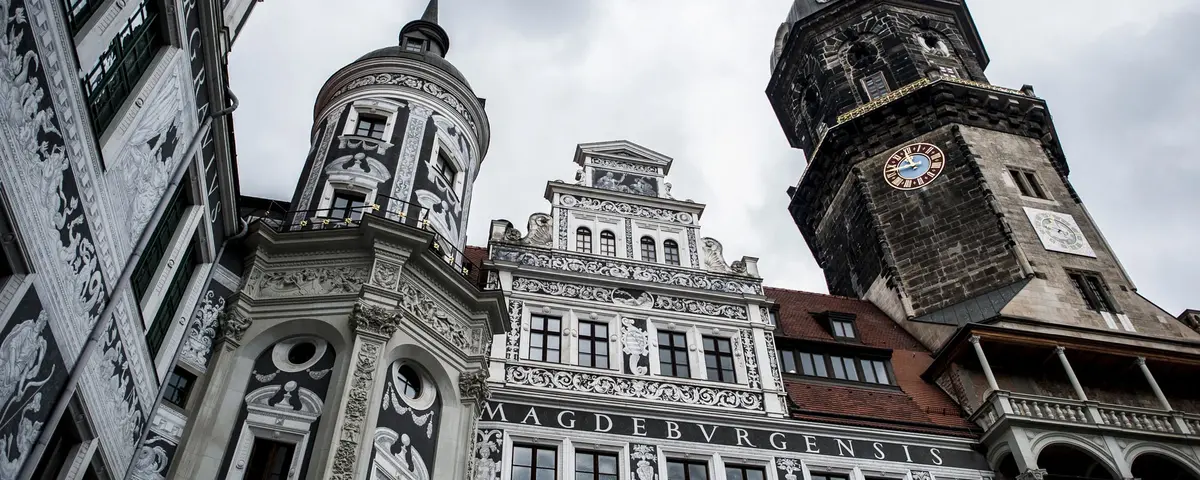
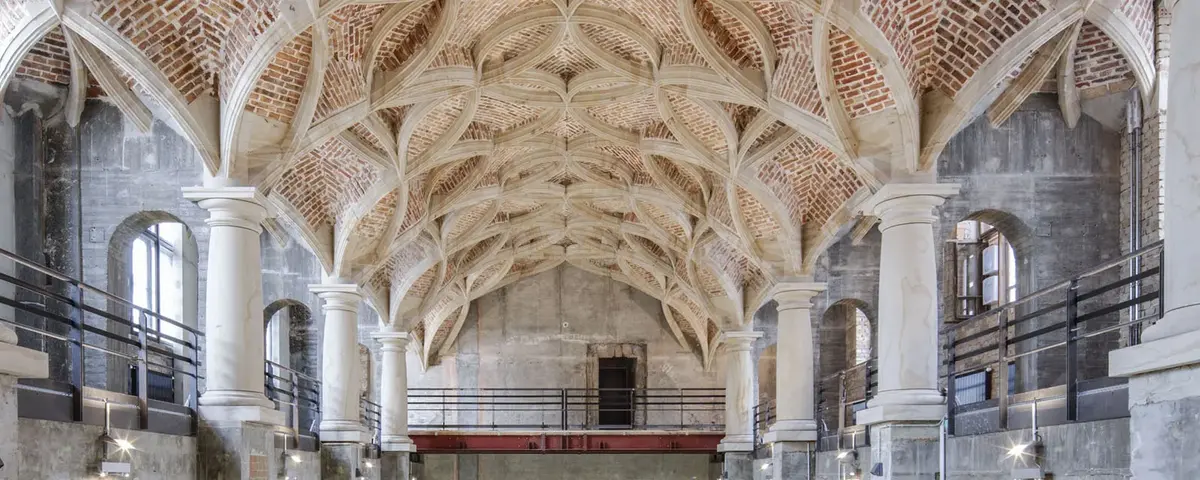
Every ruler left his own mark on the building: Under Elector Moritz, Renaissance influences came into play between 1548 and 1556 when Italian specialists were brought to Dresden to apply the elaborate sgraffito decoration, which may be enjoyed once again today on the façade of the palace courtyard. The latest historical redesign of the palace façades dates to 1889, when a Neo-Renaissance style was used. In 1701, a fire had destroyed the east wing and August the Strong developed a new design in response. But it was only for the wedding of his son in 1719 that the palace underwent its opulent Baroque transformation.
The audience hall, the parade bedroom and three other historical rooms were restored true to the original until September 2019 to impress visitors – as was the intention 300 years ago when they were set up by August the Strong. Also in 2019, the small ballroom was opened. The double-height space is akin to the Semperoper in terms of both its time of origin and its architecture. Using old construction techniques, it will be reconstructed in the historicist style and rendered true to the original. The 500 best and most resplendent firearms of the 16th, 17th and 18th centuries from the holdings of the Saxon elector will return to the palace where they will be displayed in the Langer Gang.
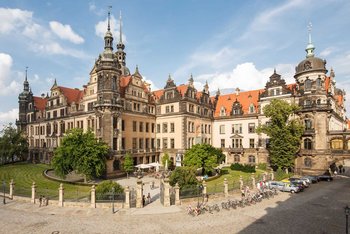
Entrance without any steps via Sophienstraße, Taschenberg 2 and Schloßstraße
Ticket valid for all museums at the Royal Palace except Historic Green Vault: Small Ballroom, The State Apartments of August the Strong, Coin Cabinet, New Green Vault, Museum of Prints, Drawings and Photographs, Hausmannsturm, Armoury (Kunstkammer, The Rise of Electoral Power in Saxony, The Firearms Gallery in the Long Corridor, Electoral Wardrobe, Turkish Chamber, Hall of the Giants, Silverarms Room)
Ticket valid for: Historic Green Vault
Due to limited capacity, we recommend booking an online ticket.
Ticket valid for: current special exhibitions of the Kupferstich-Kabinett at Residenzschloss Dresden
The Hausmannsturm is open from 29.03.—04.11.2025. The last possible entry during the day is at 16:30.
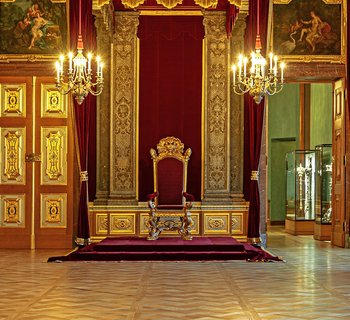
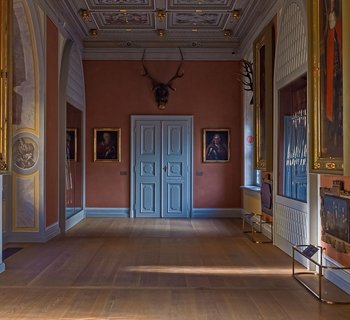
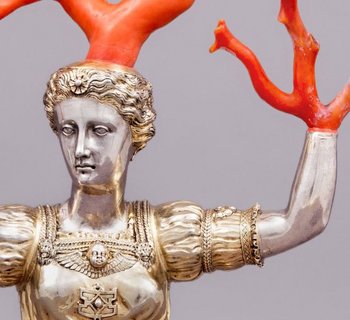
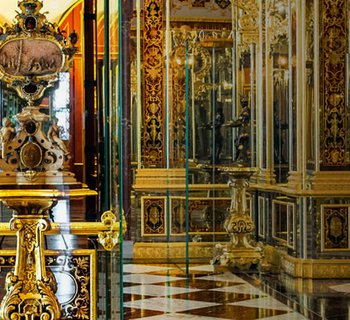
More than half a million drawings, prints and photographs from the Middle Ages until today are being hold here
Read more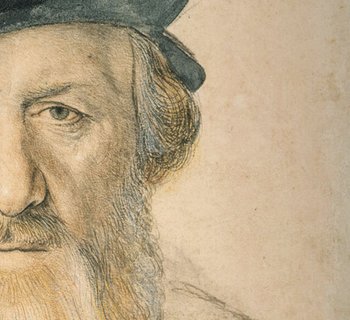
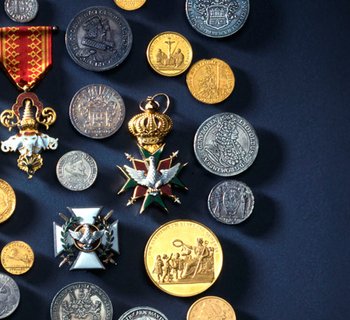
The world’s largest collection of ceremonial weapons and costumes from the Reformation and early Baroque periods
Read more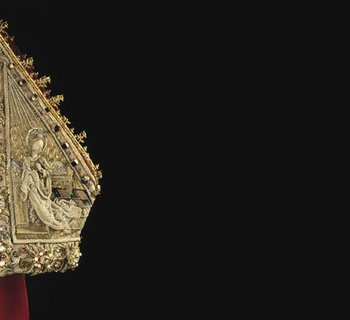
Works originating from the late Renaissance from Dresden’s Kunstkammer form the focal point of this exhibition.
Read more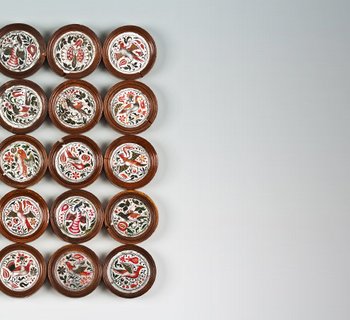
Original costumes illustrate the luxurious princely fashions of the Renaissance and early Baroque
Read more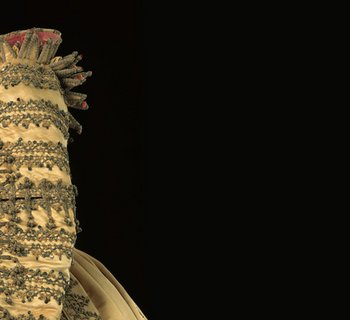
Presentation in the Residenzschloss of tournament and ceremonial weapons and accoutrements from the Rüstkammer collections
Read more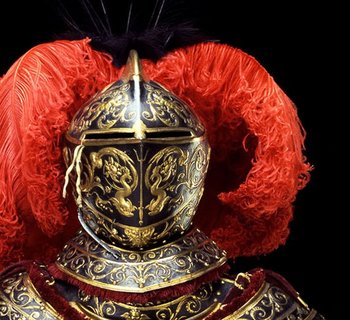
One of the oldest and most important collections of Ottoman art anywhere in the world outside Turkey
Read more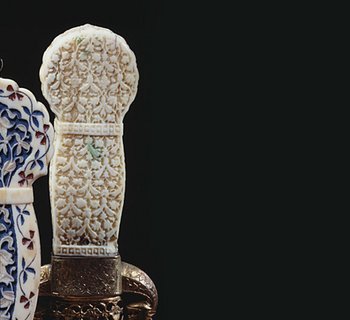
Residenzschloss
Taschenberg 2
01067 Dresden